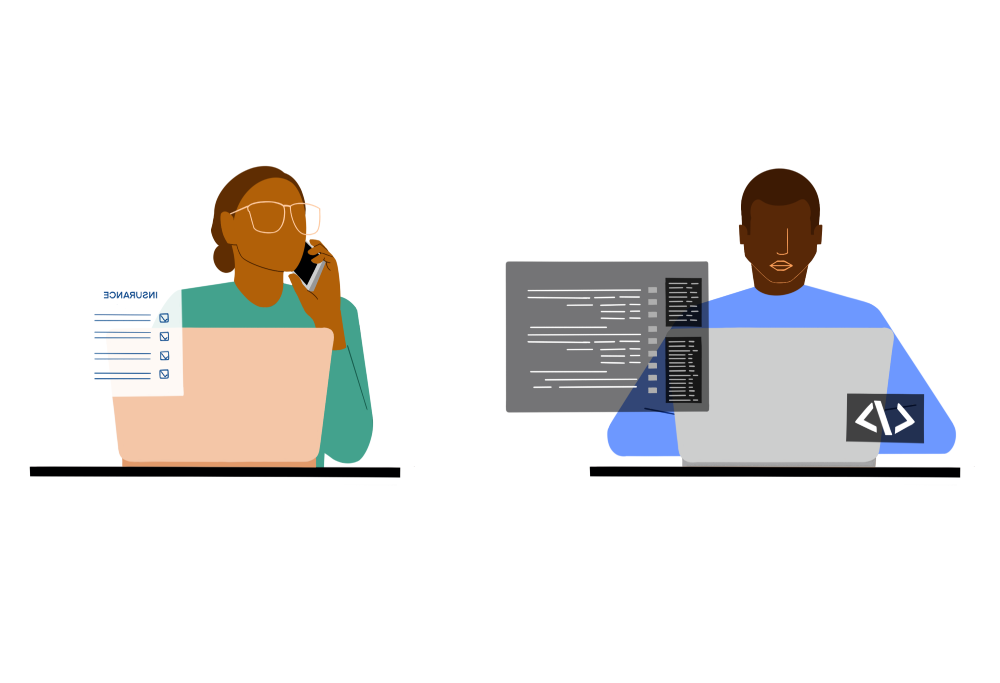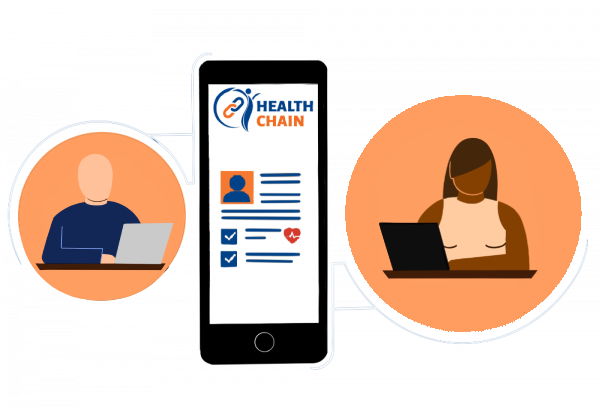Clinical Data Integration to Play a Significant Role in Streamlining Risk Adjustment Processes
June 6, 2023 | 2-minute read

Today, Payers exhaust financial and workforce resources by ‘chasing charts’ to ensure they’re maintaining accurate risk profiles of their members. More often than not, the vast majority of the charts pulled do not yield any significant insights for the payer – other than what they already knew about that member. Not only does this process consume resources on the Payer side, but it also creates friction with providers by interrupting their ability to focus on providing the highest quality care for their patients.
Clinical data integration can play a significant role in helping Payers streamline their risk adjustment process. By integrating data from various sources, including electronic health records (EHRs), claims data, and other clinical data sources, payers can gain a more comprehensive, real-time view of their patients' health status and overall risk profile.
‘Integrating’ data is not as easy as it may sound, especially when the data is coming from disparate sources in multiple formats. However, with Health Chain’s Centaur Data Platform, Payers can ingest, curate and convert clinical data in the FHIR format – providing their teams with access to comprehensive, unique records at the individual member level in a relational database.
With access to real-time clinical data within their own environment, Payers can take a much more focused approach to those members they identify for potential risk adjustment, earlier intervention and overall engagement.
Reach out to us today to discuss the savings Payers are realizing by ingesting this clinical data to be integrated throughout their Risk Adjustment process.













